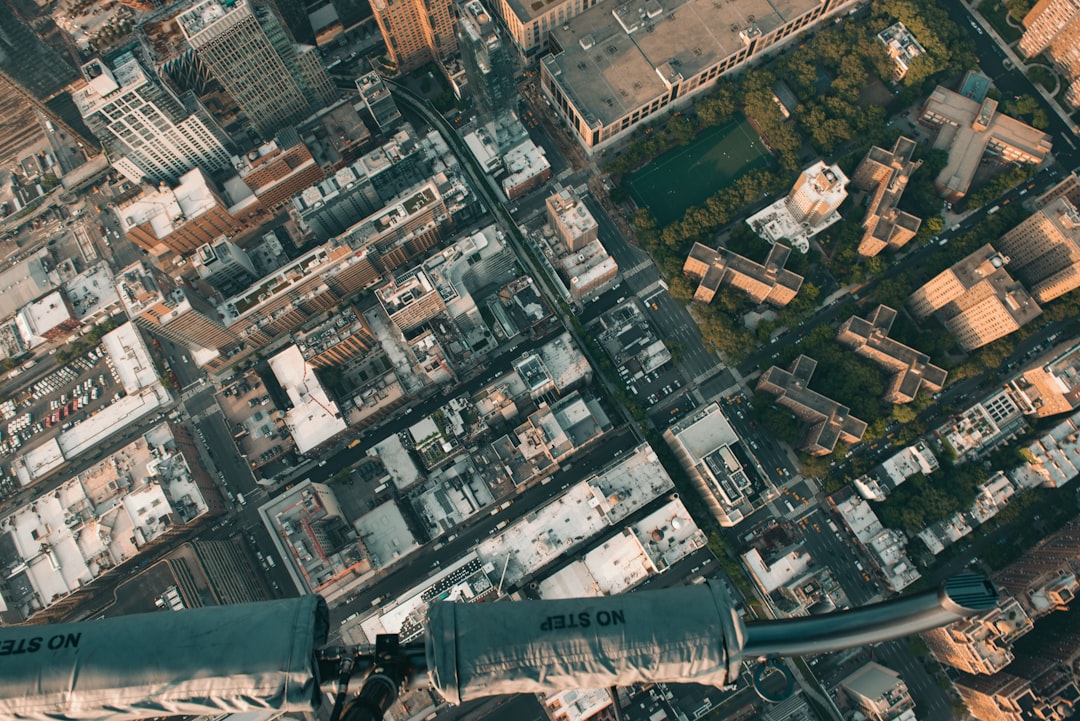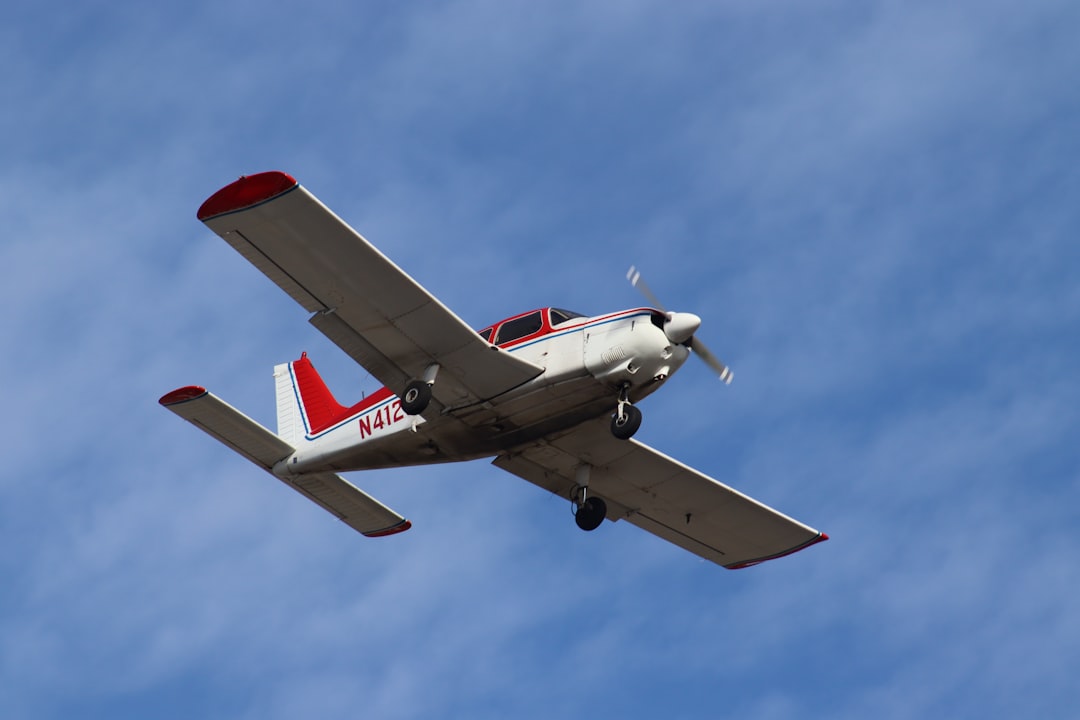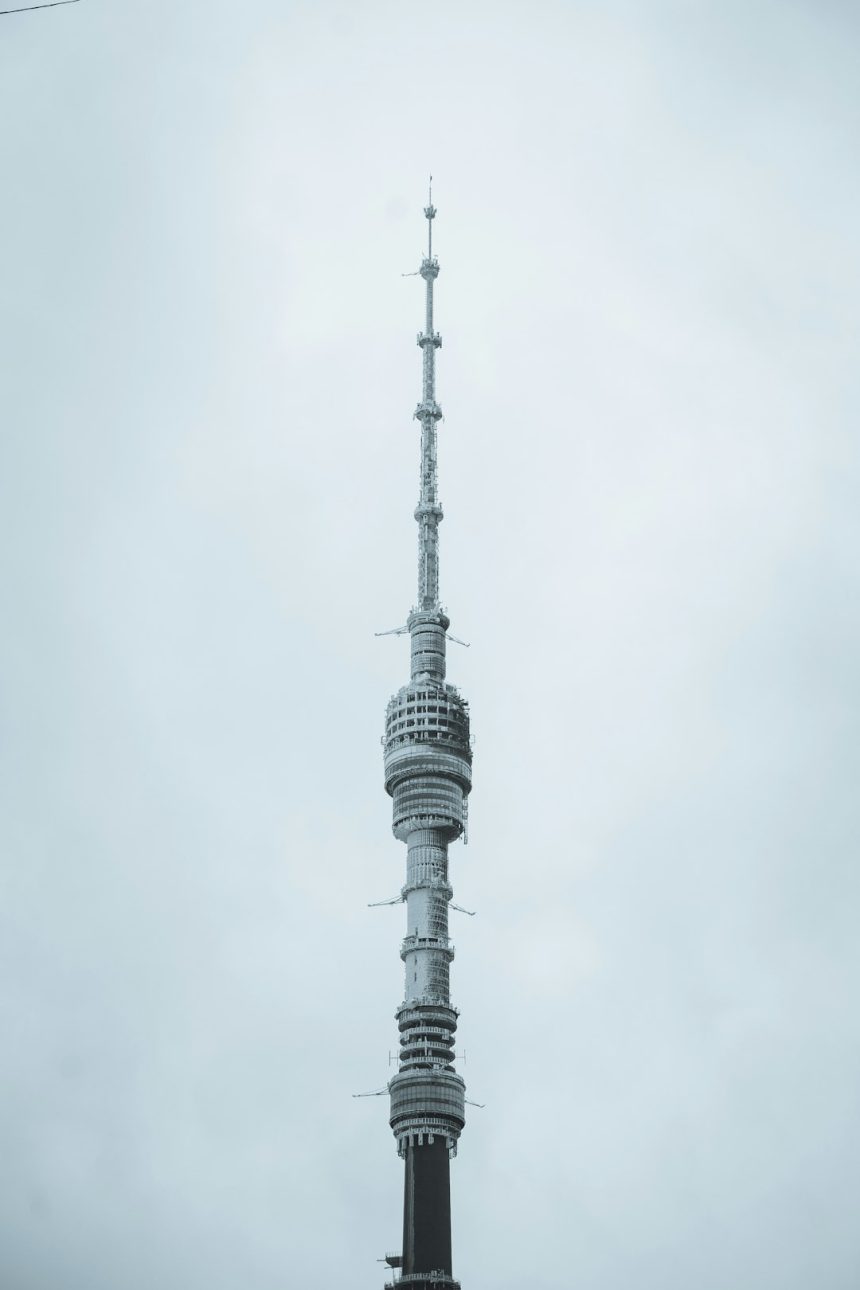Drones have rapidly evolved from niche gadgets for hobbyists to indispensable tools in photography, infrastructure inspection, emergency response, and even urban delivery services. As these small unmanned aerial vehicles become more common in city airspace, learning the established rules and following recommended best practices is crucial for anyone who wants to launch their drone safely and legally within urban environments.
The Rise of Drones in Urban Areas
Major cities around the world are experiencing the challenge and opportunity presented by drones. Whether it’s filming cinematic skyline footage, delivering medical supplies, or inspecting skyscrapers, flying drones in urban areas offers many possibilities. However, cities are tightly regulated airspaces filled with people, property, and potential hazards. This makes flying drones in these environments complex, and sometimes controversial.
Understanding both the legal restrictions and the social expectations of drone flying in a city is crucial for responsible operation.

Legal Framework and Regulations
Virtually every country has enacted drone regulations, administered by national aviation authorities like the FAA in the United States, CAA in the UK, and EASA across the EU. Although details may vary by jurisdiction, here are the common elements that city drone pilots need to know:
- Drone Registration: Most drones over a certain weight (usually around 250 grams) must be registered with the appropriate aviation authority.
- Pilot Certification: In many regions, commercial drone operators must pass a knowledge test and obtain a license or certificate.
- No-Fly Zones: Cities are filled with restricted zones, such as airports, government buildings, and densely populated areas. These zones are often mapped in drone management apps.
- Altitude Limits: There’s commonly a ceiling for drone flights – usually around 120 meters (400 feet) above ground level – to avoid manned aircraft.
- Line of Sight: Operators must fly their drones within visual line of sight (VLOS) at all times unless authorized for beyond visual line of sight (BVLOS) operations.
- Night Flying: Night operations are often restricted or require additional lighting and permissions.
Local governments may also impose additional rules, so it’s important for drone operators to research city-specific ordinances before taking off.
Noise, Nuisances, and Public Perception
Even if you’re following all legal requirements, city residents may still dislike the sight or sound of drones. Privacy concerns are among the most prominent issues. People worry that drones may be capable of spying on them through windows or in private spaces, even if that’s not your intention.
To remain courteous and maintain the integrity of the drone community, it’s important to follow these public-facing best practices:
- Respect privacy: Avoid filming individuals without consent, especially in residential areas.
- Minimize noise: Limit flights to shorter durations and avoid hovering near homes or over crowded public areas unnecessarily.
- Communicate your purpose: If people are curious or concerned, explain what you’re doing, whether it’s filming, mapping, or inspecting infrastructure.
Urban Drone Safety Tips
Flying a drone in an urban area involves significantly more risk than doing so in a rural or suburban setting. Buildings, power lines, birds, and even radio interference can affect your flight. Here are some essential safety practices every drone pilot should follow:
- Conduct a Pre-flight Check: Inspect your drone, calibrate your compass, and ensure firmware is up-to-date before every flight.
- Use Geofencing: Many drones come with built-in geofencing that prevents them from entering restricted areas.
- Monitor Weather Conditions: Wind can be erratic around tall buildings, and rain can pose serious risk to electronics.
- Install Propeller Guards: In tight environments, prop guards can reduce damage in case of collision.
- Plan Your Route: Know your take-off and landing points in advance. Have an emergency landing zone in mind in case of unexpected issues.

Innovations and Urban Air Mobility
As cities become more drone-friendly and integrate urban air mobility into transportation planning, new technologies and platforms are emerging. A few of the most promising developments include:
- UTM Systems: Unmanned Traffic Management frameworks are being designed to coordinate drone traffic in busy airspaces, like how air traffic control works for planes.
- Delivery Drones: Major companies like Amazon and UPS are piloting drone delivery services that could become common in cities within the next few years.
- Automated Airspace Monitoring: City-wide systems are being tested that will allow authorities to track drones in real-time, ensuring compliance and safety.
These innovations are exciting but still require rigorous testing, policy development, and public trust to truly take flight.
Best Practices for Filming in Cities
Urban photography and videography are among the most popular uses of drones. Capturing cityscapes from the air can provide stunning content, but it also necessitates caution and consideration.
Follow these tips for successful city drone footage:
- Time it right: Flying early in the morning is often best — there’s less foot and vehicle traffic, and golden-hour lighting enhances visuals.
- Avoid flying over people: Many regions strictly prohibit flying directly over crowds due to safety risks.
- Use low-noise propellers: These reduce the disruptive whirring sound, especially beneficial in quieter neighborhoods.
- Scout the area: Use tools like Google Earth or creative scouting apps to plan your flight path before the actual mission.
Apps and Tools Every City Drone Pilot Should Use
There are a number of essential apps that can assist urban drone operators with planning, safety, and compliance:
- AirMap: Shows no-fly zones, airspace alerts, and allows for flight authorization requests in real time.
- Kittyhawk (now Aloft): Combines compliance tools, weather reports, and airspace maps in one interface.
- DJI Fly: Popular for users of DJI drones, with integrated flight logs and geofencing notifications.
- UAV Forecast: A forecasts app giving wind speed, GPS strength, and precipitation outlooks ideal for knowing whether it’s safe to fly.
By leveraging these tools, you can maximize both the safety and quality of your urban drone operations.
Conclusion: Soaring within Boundaries
The future of citywide drone use holds immense promise, from stunning aerial cinematography to efficient package delivery. However, operating drones in urban environments requires more than technical skill — it demands responsibility, situational awareness, and a solid understanding of regulations. By adhering to both legal mandates and community-minded best practices, drone pilots can ensure that their flights are as welcomed as they are successful.
As the laws and technologies surrounding drones continue to evolve, staying informed and adaptable will ensure your drone adventures in the city remain safe, lawful, and above all — inspiring.







